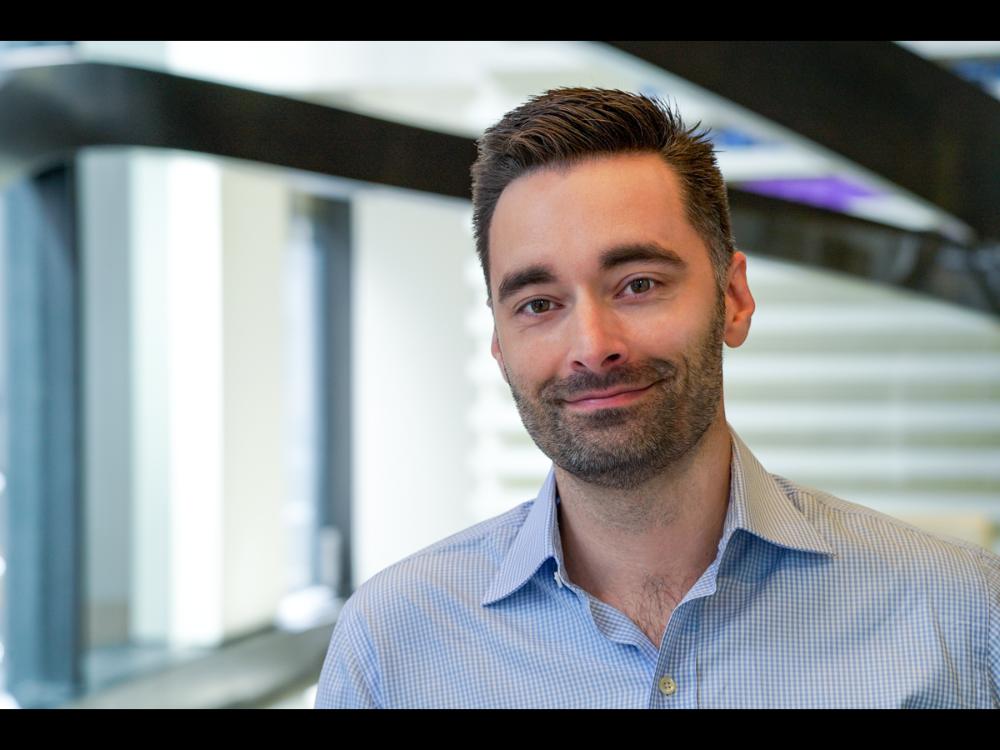Innovation through human-centered design
Over the last decade, financial services companies – both large and small – have begun adopting the tenets of human-centered design to create products that are more valuable, appealing, and easier to use. These innovative products range from ATM kiosks that anticipate the needs of individual consumers to new mobile payment platforms that expedite payments management for commercial clients.
The problem is that many instances of product breakthroughs in business-to-business (B2B) focus on digitising an existing process as seen through the eyes of the product development teams. The missing factor is a core principle of human-centered design, the critical and continuous engagement of end-users, who are in effect co-developers of the end solution.
The decision by FirstService Residential, a residential property management company in North America, to collaborate with Capital One Bank as it launches its online account-opening platform provides an opportunity to highlight the end-user’s perspective as a critical input to the success of the product.
Andrew Ahrensdorf, FirstService’s VP for cash management and lending, talks about his newly-found enthusiasm for human-centered design with Capital One Commercial Bank’s Chad Wallace, head of digital channels and treasury digital products, and Jennifer Bove, head of design for digital channels and treasury management.

Chad Wallace, Capital One: treasurers want to see banks tackle digital account opening and onboarding
Chad Wallace: We had a number of reasons for reimagining commercial deposit account opening. It’s an inherently complex process, and the regulations governing it – especially know your client (KYC) requirements – are rigorous. There are a large number of documents that must be gathered, verified, and stored properly before we can set up a new account. Our goal was to create a digital experience that would make it easier for our customers to submit documents and manage their processes.
We looked to our clients for insight. Last year our team conducted a survey of attendees at the AFP Treasury and Finance Conference. They told us in no uncertain terms that digital account opening and onboarding was the number one process that they wanted to see banks tackle.
Jennifer Bove: Our first step was to identify those of our clients who opened the most accounts, so we could understand the role of account opening in their day-to-day business. Ultimately, we involved the top six account-opening clients in the design process, ensuring we would end up with a broadly applicable, scalable product.
At the same time, working closely with FirstService Residential was especially important to us because we were looking for the hardest use case. Because of the nature of FirstService Residential’s business, they open scores of new accounts for their clients every day.
Andrew Ahrensdorf: Account opening is fundamental to what we do. We work with condominiums and cooperatives of all sizes, single family homeowners’ associations, large-scale master-planned communities and lifestyle and active adult communities in 22 states and three provinces. As part of the financial management services we offer, we open about 1,000 bank accounts a month on their behalf, including operating accounts, payroll accounts, and money market accounts. Our banking coordinators try to meet our clients’ expectations by opening each account in no more than 72 hours, even though that might require them to submit scores of documents including personal information from account signers. The principal way we have been transmitting these documents to our banking partners is through secure email, but it is not a very organised system nor one that is easy to track.
Wallace: The simplest approach for us would have been to digitise our existing processes – in effect turning our paper documents into digital forms – but in my view, that approach is a recipe for failure. It totally ignores any of the existing issues our clients might have and makes no use of new efficiencies that are possible with a digital platform. The only real solution was to see the process through the eyes of the client and reengineer it from the ground up.
Bove: I come from the world of human-centered design, so we always start with people. We interviewed FirstService’s banking coordinators to understand their pain points, wishes and desires. We didn’t just interview them, we shadowed them and watched them on the job. When you talk to people about what works and doesn’t work, you often find that they may not even be aware of the adaptations they have made to compensate for defects in a system, but when you watch them, you can see piles of paper on their desks and sticky-notes on their monitors. They have employed hacks and workarounds to make a faulty process functional.
Ahrensdorf: When Capital One first asked us to set aside a few hours to help them understand how we think about the account opening process, we thought they were overthinking it. We weren’t sure if this was worth our time. But when we realised that they were listening intently as we described what we were trying to accomplish and then started shadowing our banking coordinators, we started thinking that there might be something to this. We started to feel as though we were going to have a hand in shaping the platform.
Bove: In human-centered design, creativity is wedded to structure. One of the tools we use is the end-to-end service blueprint. We not only track the process, but also the user’s emotional experience while immersed in the process. And we didn’t just map FirstService’s processes. We looked at our own end-to-end processes to see how potential mismatches contributed to the bottlenecks that his team experienced.
Ahrensdorf: The issue of account numbers illustrates this. In order to complete their paperwork, our banking coordinators must have the numbers of the new accounts they are opening, but Capital One held off on providing account numbers until the account was actually opened. They weren’t even aware that this was a problem for us, and we didn’t think there was anything that could be done about it. The service blueprint spotlighted the issue, and Capital One was able to adjust their back-end processes to send us the account numbers right away.
Wallace: At the same time, there were several issues uncovered during the discovery phase that by using a “service design” approach, we were easily able to identify and iterate on a new experience. For instance, FirstService’s banking coordinators were sending us documents via secure email, but they never quite knew what was happening on our end or if there were specific outstanding documents we still needed.
Their input led us to build account status functionality into the platform. And since different kinds of accounts require different documentation, we added a custom document checklist up-front, leveraging a rule-based approach for each account they request.
Secondly, we believe fundamentally in data over documents. Documents are rich with information but can be unstructured. By leveraging data over documents when possible, we can unlock the intelligence we need to reimagine our experience.

Drew Ahrensdorf, FirstService: the relationship side of the business is the glue that holds our partnership together
Ahrensdorf: Another aspect of the account opening process that we highly value is the relationship side of the business. They are the glue that holds our partnership together. The premium we place on relationships doesn’t just extend to our customers, but to our partners as well. We made it clear that it was critical to us as we moved to a digital platform to somehow retain that human element.
Capital One understood our concern and found a very simple way to address it. They added a picture of their customer service representatives alongside his or her contact information on the platform, so that when our banking coordinators have a question, they know whom they are dealing with.
Bove: Human-centered design begins with empathy, understanding your customer’s processes and aspirations, and the role of your product in their day-to-day routines. Based on those insights, you can define a hypothesis, brainstorm solutions, build low-resolution prototypes and then test your ideas with the customers. It is iterative.
Each round should take you a bit closer to a product that will address the most important of your customer’s needs and that will provide a platform for graduated development once you launch the project.
And in the prototyping and testing phase, you always go back to the client to validate and potentially refine the end experience. While in this instance we were focused on account openings, this is an approach we take with all our products and clients across the commercial bank.
Ahrensdorf: Capital One came back to us about every four to six weeks with a new round of improvements. It was exciting to see the product evolve and gratifying to see how their team of designers, engineers, and product managers incorporated our feedback into the latest version. And now that Capital One is piloting account opening, we are involved as a beta tester.
Having an account opening process that readily accommodates the way we work – and in fact makes our work easier – is a great benefit to us. It is equally important to stress that account opening is such a key part of the services we offer our clients that a seamless, efficient process can help differentiate us from our competitors in the marketplace.
Altogether, our company gained a great deal by being an active partner in the design. It also reset our expectations. When we work with other vendors, we will want our views and our processes incorporated into the products and services they offer us every step of the way, and before they roll out the final version to their customers.












































